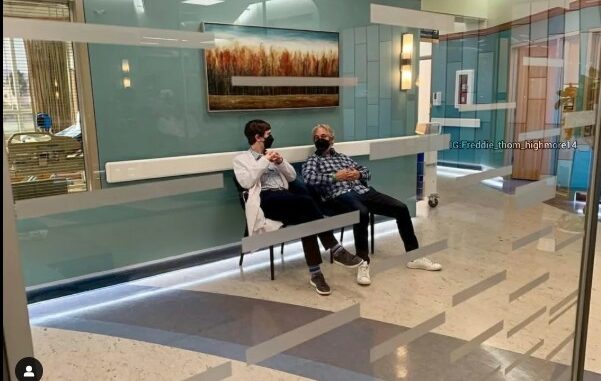
Representation in the media has always been a critical topic, but “The Good Doctor” stands out as a show that not only brings a neurodiverse character into the spotlight but does so with authenticity and depth. The portrayal of Dr. Shaun Murphy is groundbreaking because it offers a realistic and humanized depiction of autism. Unlike many portrayals of autism in media, which often reduce autistic characters to stereotypes or tropes, “The Good Doctor” shows Shaun as a complex, multi-faceted person who struggles with both his condition and the social environment around him.
By focusing on Shaun’s strengths rather than just his struggles, the show sends a powerful message about neurodiversity. It shows that autism, while a challenge, does not define a person’s abilities or potential. Through Shaun’s character, viewers see that people with autism can not only be capable doctors but also compassionate individuals with rich inner lives. This is a significant shift from the often one-dimensional portrayals of autism in other media.
The impact of “The Good Doctor” goes beyond just entertainment; it plays an essential role in educating the public about autism and the challenges faced by neurodiverse individuals in professional and social settings. The show provides a platform for discussing important issues such as inclusion, acceptance, and the need for greater understanding of neurodiversity. It demonstrates that everyone, regardless of their condition or background, deserves a chance to succeed and thrive.
By presenting autism in such a positive light, “The Good Doctor” also contributes to changing societal perceptions of people with disabilities. It shows that neurodiverse individuals can succeed in high-pressure environments, and it emphasizes the importance of support, understanding, and mentorship in helping them reach their full potential.
